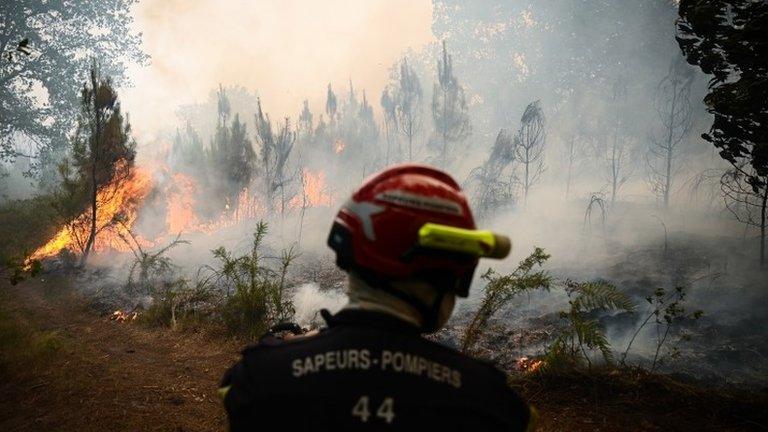Heatwave: The UK and Europe's record temperatures in maps and charts
- Published
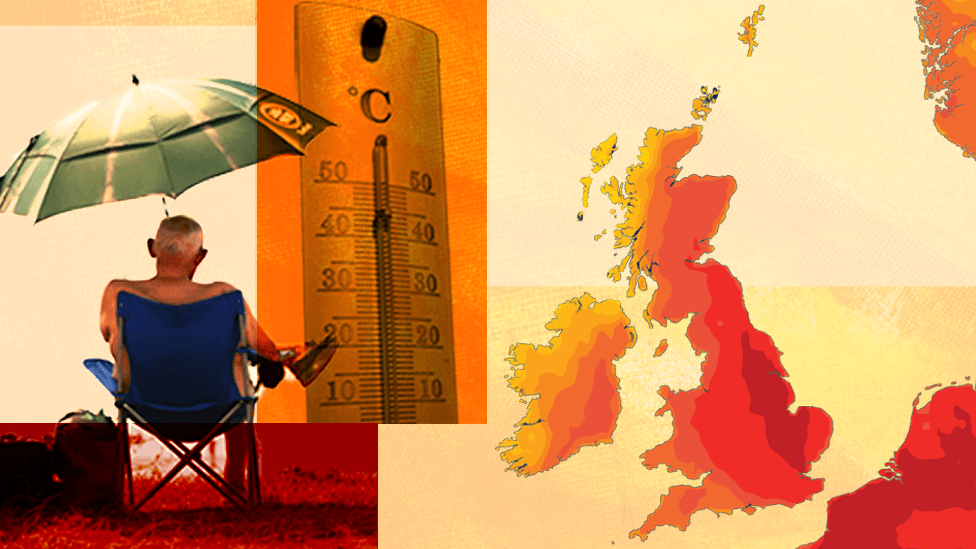
Temperatures higher than 40C have been recorded in the UK for the first time.
According to provisional Met Office data, Coningsby in Lincolnshire has reported temperatures of 40.3C - the highest recorded in the UK before today was 38.7C, at Cambridge Botanic Gardens on 25 July 2019. Scotland has also recorded its hottest day, reaching 35.1C.

In total temperatures of above 40C were recorded in six places, while 28 others also broke the previous record of 38.7C.

Nine of the 10 hottest days ever recorded have been since 1990, according to the Met Office.
They also include Monday when the fourth hottest temperature of 38.1C was recorded in Suffolk. Wales recorded its hottest day with 37.1C.

The only date that makes it into the hottest 10 days from an earlier period was 9 August 1911, when the temperature hit 36.7C in Raunds, Northamptonshire.
The great heatwave of 1976 does not figure, even though in that year there were 15 consecutive days at 32C or above. The highest temperature that year was 35.9C, recorded in Cheltenham.
Provisional figures also show the UK experienced the warmest night on record from Monday into Tuesday.

According to the Met Office, temperatures did not fall below 25C in several places, exceeding the previous highest daily minimum record of 23.9C recorded in Brighton on 3 August 1990.
Emley Moor in West Yorkshire had a minimum overnight temperature of 25.9C, while Kenley in south London was almost as hot with a minimum of 25.8C. Aberporth in Ceredigion recorded a lowest overnight temperature of 24.5C.
The temperatures also bring a greatly increased risk of fires, as can be seen from data from the European Forest Fire Information System and the Copernicus Atmosphere Monitoring Service.
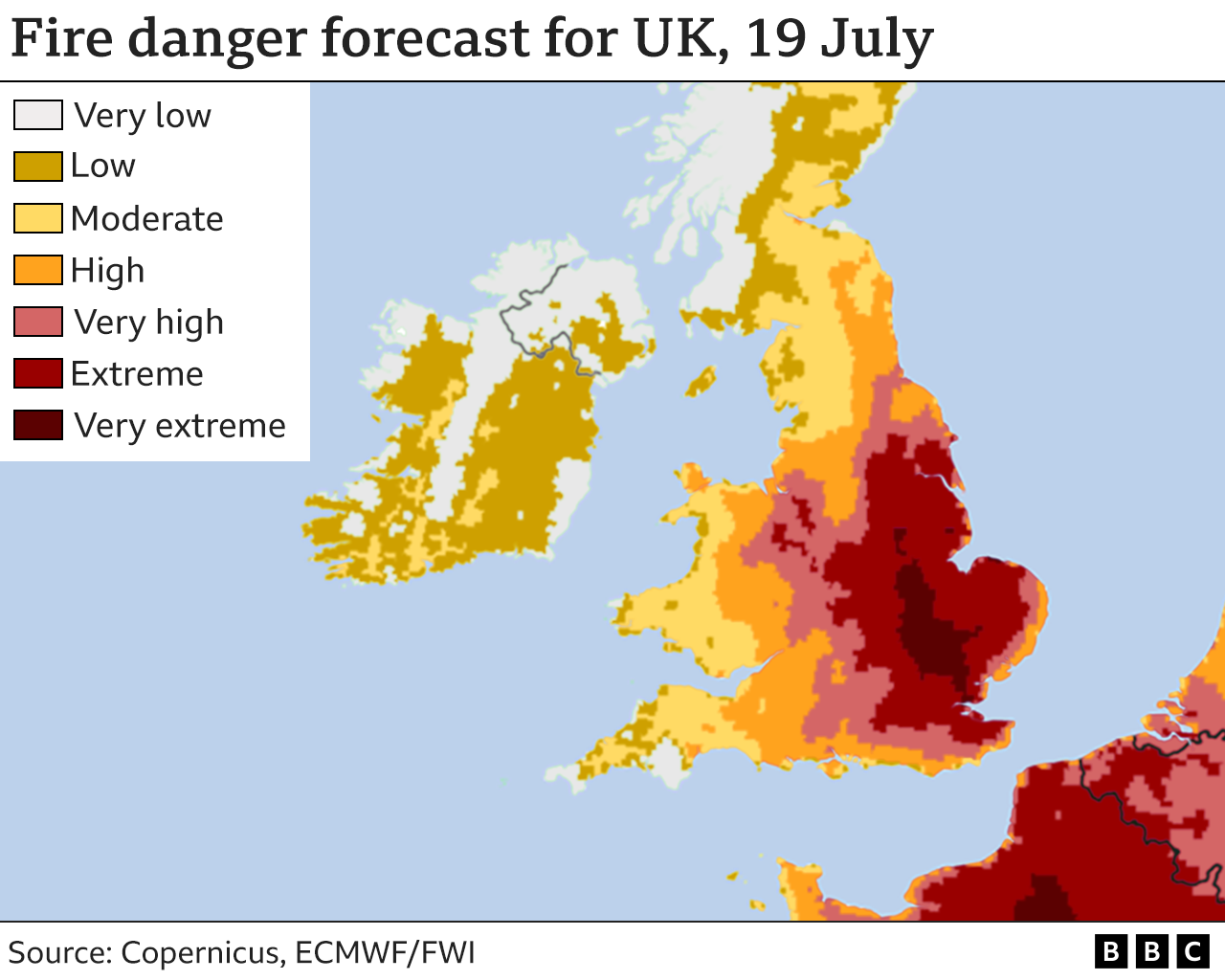
There have been fires in various locations in the UK, including Lickey Hills Country Park on the edge of Birmingham on Monday, where flames burned across an area of approximately 50,000 square metres (538,000 sq ft). A major incident has also been declared in London due to a surge of fires in the city.
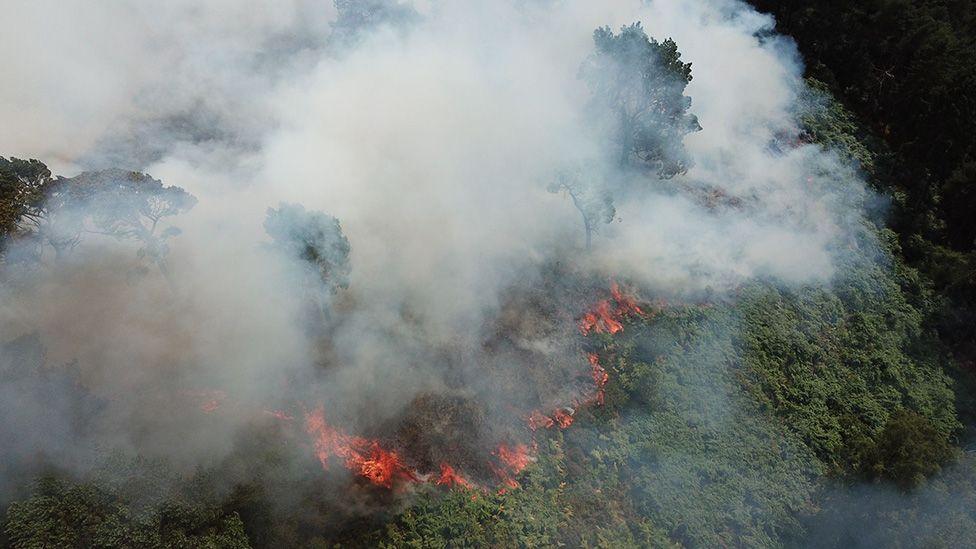
About 60 firefighters were involved in tackling the blaze in Lickey Hills
Similar risks across Europe
The hot weather is affecting countries across Europe, with the effects visible from space.

But the heatwave has also triggered much more severe wildfires in other European countries.
In France fires in recent days have already forced more than 30,000 people to flee, with emergency shelters being set up for evacuees.
Gironde, a popular tourist region in the south-west around Bordeaux, has been hit particularly badly, with firefighters from across France battling to control blazes that have destroyed nearly 17,000 hectares (42,000 acres) of land since last Tuesday.

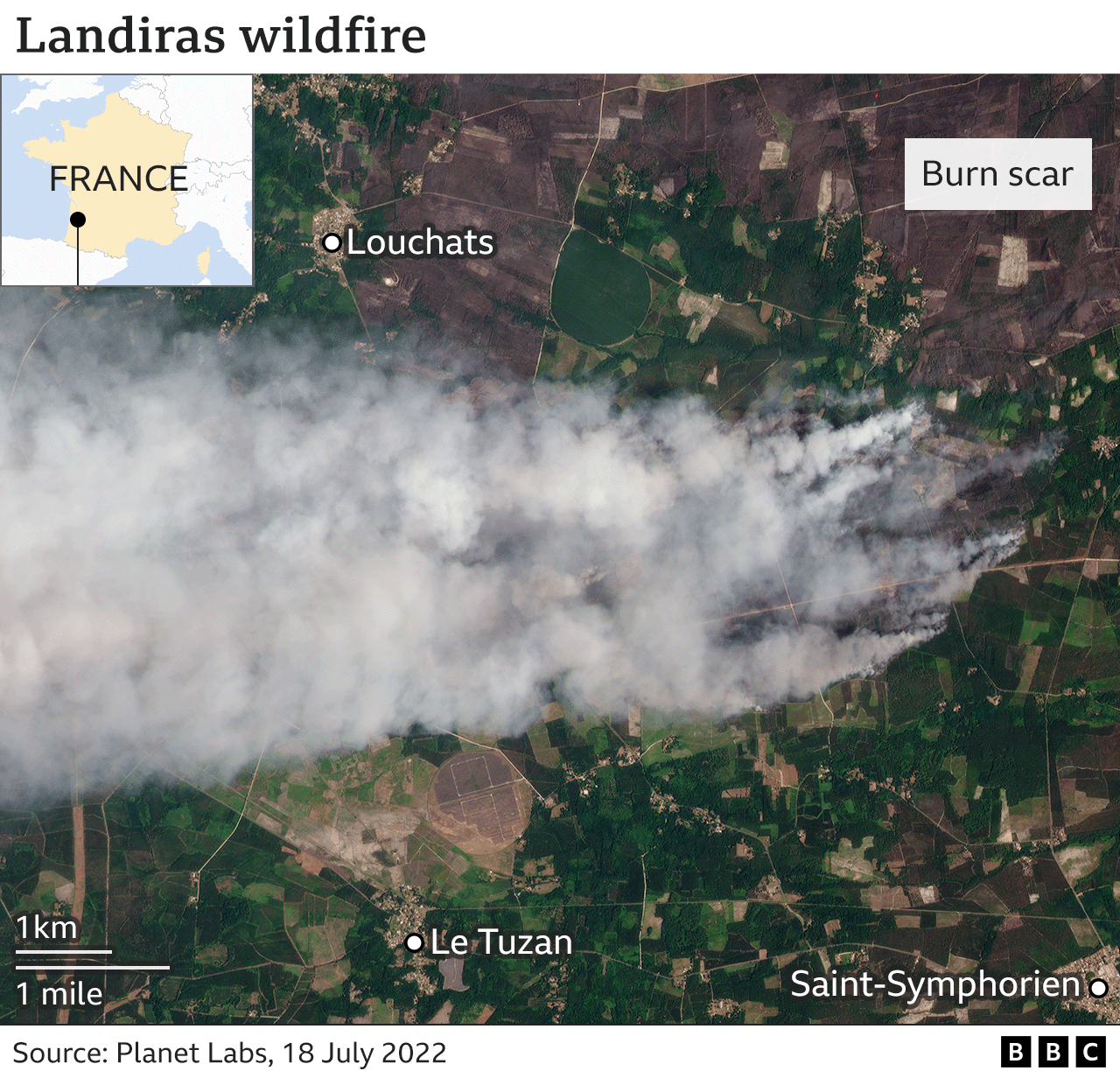
Portugal, Spain and Greece have also experienced wildfires that have forced thousands of people to evacuate their homes - and more than 1,000 deaths in Spain and Portugal attributed to the heat in recent days.
In Spain, at least 20 fires are burning out of control, with two people killed by forest fires in Spain's north-western Zamora region.
Temperatures in Portugal hit 47C on Thursday - a record for July. Most of the country has been placed under high fire danger by the national meteorological office IPMA.
Several villages were evacuated after a fire in the Murça area of northern Portugal, where a man and a woman in their 70s died in their car while trying to flee the flames.

Forecasters say the heatwave is heading north, with Belgium and Germany expected to experience temperatures of about 40C in the coming days.
Heatwaves have become more frequent, more intense, and last longer because of human-induced climate change. The world has already warmed by about 1.1C since the industrial era began and temperatures will keep rising unless governments around the world make steep cuts to emissions.
Related topics
- Published19 July 2022
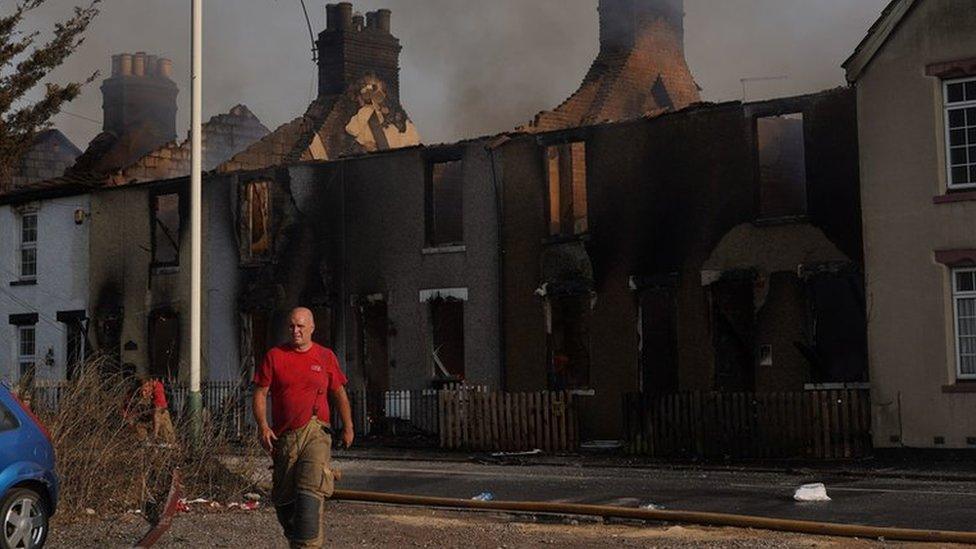
- Published19 July 2022
